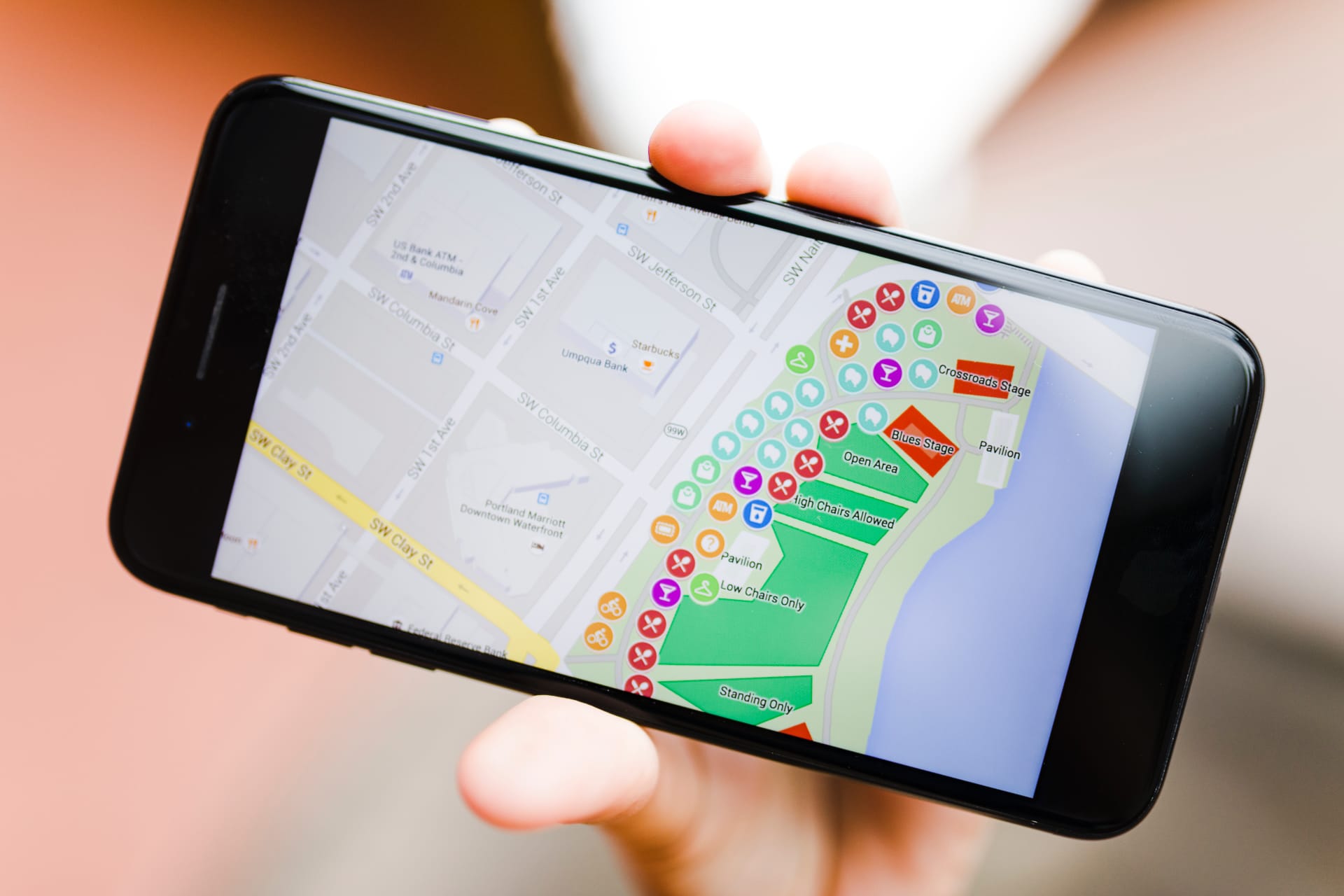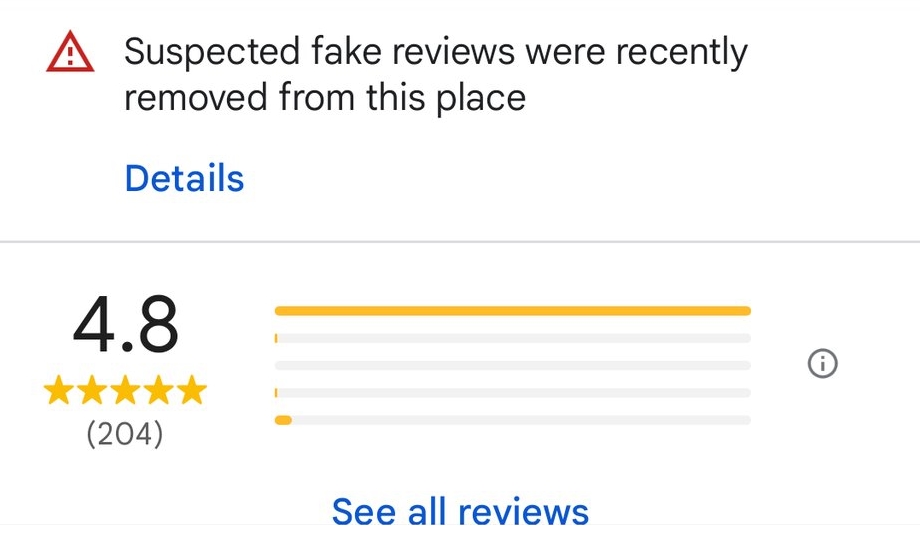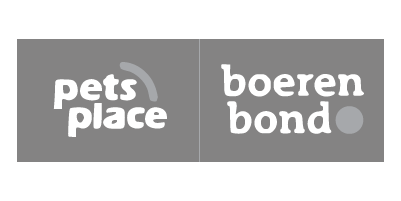What is Multi-Location SEO?
Multi-location SEO is a strategy to increase online visibility for businesses with multiple locations by optimising each location for local search. Tactics include creating and managing separate Google Business Profiles (GBP) for each area, ensuring consistent NAP (Name, Address, Phone Number) across local listings and location-specific landing pages. These pages should be optimised with local keywords and contain information like services offered, local reviews and unique features of each location.
To get even more visibility, businesses can add structured data (schema markup) to help search engines understand location details, use local content marketing to target local audiences and build backlinks from local sources (also known as local listings). Get customers to leave reviews for each location to boost local credibility. Running location-targeted PPC campaigns can also complement SEO efforts by driving targeted traffic and getting businesses visibility in local search results and more customers.
What are the Local SEO Ranking Factors?
When it comes to local search, these are the key ranking factors that determine how well a business shows up in local search results and the Map Pack. Here are:
- Google Business Profile (GBP) Optimisation: A fully optimised GBP with business details (name, address, phone number), categories, services and regular updates (posts or photos) is key. Proximity to the searcher also plays a part.
- NAP Consistency Across Citations: Keeping your business’s Name, Address and Phone Number (NAP) consistent across all online directories and listings helps search engines trust the business.
- Customer Reviews: Positive reviews and high ratings, especially on GBP and other review platforms, matter. Engaging with reviews, both positive and negative, helps credibility.
- On-Page Location Signals: Including location-specific keywords, addresses and service areas on your website pages helps search engines know where the business operates and ranks the site for local searches.
- Local Backlinks: Getting links from local authority websites, news outlets or directories helps establish relevance and authority in a specific area.
- Mobile Friendliness and User Experience: Most local searches happen on mobile devices so having a mobile-friendly website with fast load time and easy navigation is key to ranking well in local search.
- Behavioural Signals: Click-through rates, mobile clicks to call and check-ins are taken into account by search engines as indicators of a business’s relevance and popularity in the local area.
These factors work together to improve local SEO, helping businesses rank higher in local search results and attract more nearby customers.
Why Local SEO is Crucial for Multiple Location Businesses
Benefits of Multi-Location Local SEO Software
- Streamlined Location Management: Effortlessly maintain consistent NAP (Name, Address, Phone) information across all locations. This critical factor significantly impacts your local search ranking. Multi-location local SEO software often provides citation management tools, guaranteeing accurate and consistent NAP details across all relevant online directories and business listings.
- Content Optimisation at Scale: Creating location-specific content that targets local keywords and audiences can be a daunting task, especially for businesses with numerous shops. Multi-location local SEO software can generate templates or provide suggestions for location-specific content, saving you time and effort while ensuring each location has content optimised for local search terms.
- Enhanced Online Reputation Management: Tracking and responding to customer reviews across multiple locations is essential for building trust and credibility. Multi-location local SEO software centralises your review management efforts, allowing you to view all reviews from various platforms in one place and respond to them efficiently. Don’t just respond to negative reviews; acknowledge positive feedback and showcase your appreciation for customer loyalty.
- Competitive Insights & Reporting: Gain valuable data on how each location performs in local searches compared to competitors in your local market. This enables you to identify areas for improvement and develop targeted strategies to outrank competitors. Look for software that offers robust reporting and analytics features to track progress and make data-driven decisions for each location. Analyse which locations are exceeding expectations and explore what strategies are contributing to their success. Use these insights to inform your overall local SEO approach and replicate winning tactics across all your locations.

How To Optimise Multiple Locations
Beyond the advantages offered by multi-location local SEO software, here are some additional strategies to optimise SEO for businesses with multiple locations:
Develop a Strong Local Content Strategy
Create unique and valuable content for each location, targeting local keywords and addressing the specific needs of your local audience. Highlight local events, and promotions, or include content featuring local staff to build connections with the community.
Get Listed in Local Directories
Ensure your business listings are accurate and consistent across all relevant local directories and online business listings. Many local SEO software tools offer citation management to simplify this process.
Embrace Google My Business
Claim and optimise Google My Business profiles for each location. Include high-quality photos, respond to reviews promptly, and keep your profile information up-to-date. Google My Business plays a significant role in local search ranking.
Build High-Quality Backlinks
Acquire backlinks from high-authority websites in your local area. Partner with local businesses, chambers of commerce, or influencers to earn backlinks that can boost your local SEO ranking.
Run Local PPC Campaigns
Consider running local pay-per-click (PPC) advertising campaigns to target potential customers searching for specific products or services in your local area. PPC campaigns can be a great way to gain immediate visibility and drive traffic to your local stores.


How to Measure and Audit Your Multi-Location SEO Performance
1. Track Local Keyword Appearances
Tracking local keyword appearances is key to understanding how each location is ranking for relevant terms. This means:
Local Search Queries: Use tools like Google Search Console, and GMBapi keyword research to monitor how each location ranks. Focus on keywords that include the location, like “plumber in Manchester” or “best pizza in Glasgow” to see how well each branch is targeting its market.
Search Volume vs. Click-Through Rate (CTR): Check how many times your local pages are showing in search results (impressions) vs how many users are clicking through to your website. If a location has high impressions but low clicks it may mean the page title or meta description needs to be more compelling or relevant to the searcher’s query.
Competitor Benchmarking: Compare your local keyword rankings with competitors in each area. This will show if a competitor is dominating the local market and where optimisation is needed.
2. Analyse Google Business Profile (GBP) Metrics with Clicks and Impressions Growth Comparison by Listing
Regularly reviewing your Google Business Profile (GBP) metrics is key to understanding how each location is performing in local search. Here are the metrics to track:
Impressions Growth: Track how many times each GBP listing shows in search results over a set period. An increase in impressions means a location is becoming more visible to local searchers. If certain locations are lagging in impressions, review their profile completeness, photos and local relevance to make sure they’re optimised.
Clicks to Website, Calls, Directions: GBP insights give you valuable data on what customers do after viewing a listing. Track clicks to the website, direct calls from the listing and requests for directions to see user engagement. Growth in these areas means customers are finding the listings relevant and taking the next step to conversion.
Compare Growth by Location: Do a side-by-side comparison of clicks and impressions for all your business locations. This will show you the high-performing locations and those that need improvement. For example, a location with high impressions but low clicks or calls might need better optimisation in the description, photos or review management to encourage more engagement.
Listing Engagement Insights: Track how often users are engaging with your GBP listings (reviews, Q&A, photos) and correlate this with growth in impressions and clicks. More engagement usually means a listing is providing valuable information and therefore better local rankings. Locations with low engagement might need more active management, such as adding fresh photos, responding to customer questions and encouraging reviews.
Measuring and auditing your multi-location SEO strategy will show you what’s working and where you need to improve. Here are three to focus on:
3. Review and Sentiment Analysis
Number and Quality of Reviews: Measure the number and quality of reviews each location is getting. More reviews with higher ratings can boost rankings and credibility. Make sure to encourage happy customers to leave reviews and respond to both positive and negative feedback quickly.
Sentiment Analysis for Reviews: Use sentiment analysis tools to look at the tone of reviews at each location. Positive sentiment often correlates with higher rankings and user engagement, negative sentiment may indicate customer service issues or areas to improve. Auditing and reviewing sentiments regularly will help you see which locations need to improve their customer experience or operational practices.
Effectively measuring and auditing your multi-location SEO performance is crucial for maintaining visibility and competitiveness in local markets. By tracking keyword rankings, reviewing Google Business Profile metrics, and performing sentiment analysis on reviews, you’ll gain insights into what’s working and which locations need more attention. These strategies not only help improve your local SEO efforts but also enhance customer engagement and overall business success. Regularly auditing these areas ensures that your multi-location business stays on top of search engine results and continues to meet the needs of your local audiences.
Ideal Applications for Multi-Location Local SEO Software
Investing in Growth: The Power of Multi-Location Local SEO Software
Taking Your Local SEO to the Next Level


Empower Your Local SEO Today and See Results
Managing SEO for multiple locations doesn’t have to be complex or time-consuming. Consider GMBapi as your one-stop shop for local SEO success. We offer streamlined location management, automated tasks, and insightful reporting to boost your local search presence and attract more customers to each location.
But GMBapi goes beyond just the software. Our team of SEO experts can also handle the ongoing optimisation of your multiple locations. This includes:
- Developing a Strong Local Content Strategy: We’ll create unique and valuable content for each location, targeting local keywords and addressing the specific needs of your local audience.
- Building High-Quality Backlinks: We’ll establish backlinks from high-authority websites in your local area, boosting your local SEO ranking.
- Running Local PPC Campaigns: We can manage targeted pay-per-click (PPC) advertising campaigns to attract potential customers searching for specific products or services in your local area.
With GMBapi’s comprehensive approach, you can turn your local SEO efforts into a key driver of business growth across all your locations. Discover the transformative power of GMBapi and see real results for your business!










